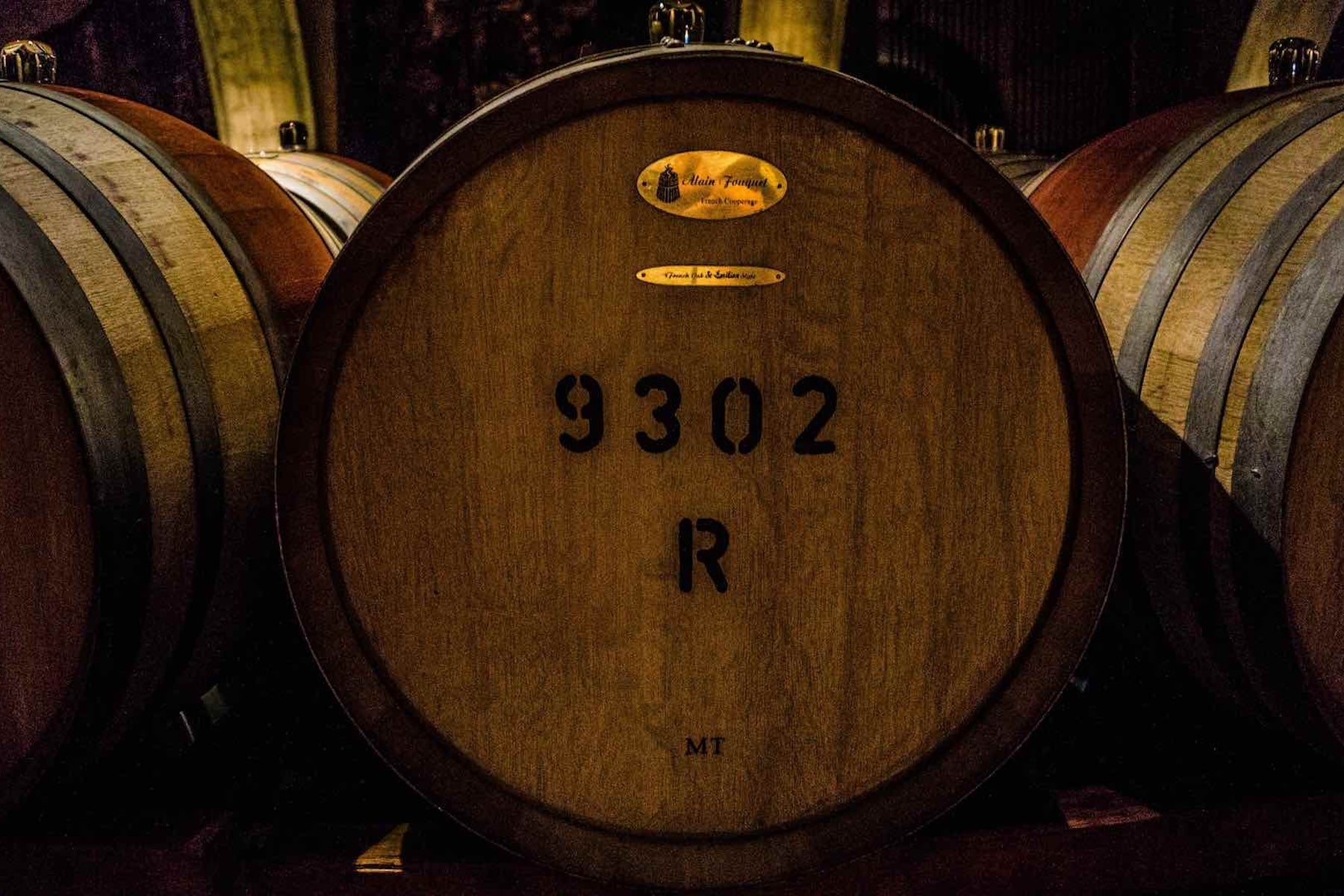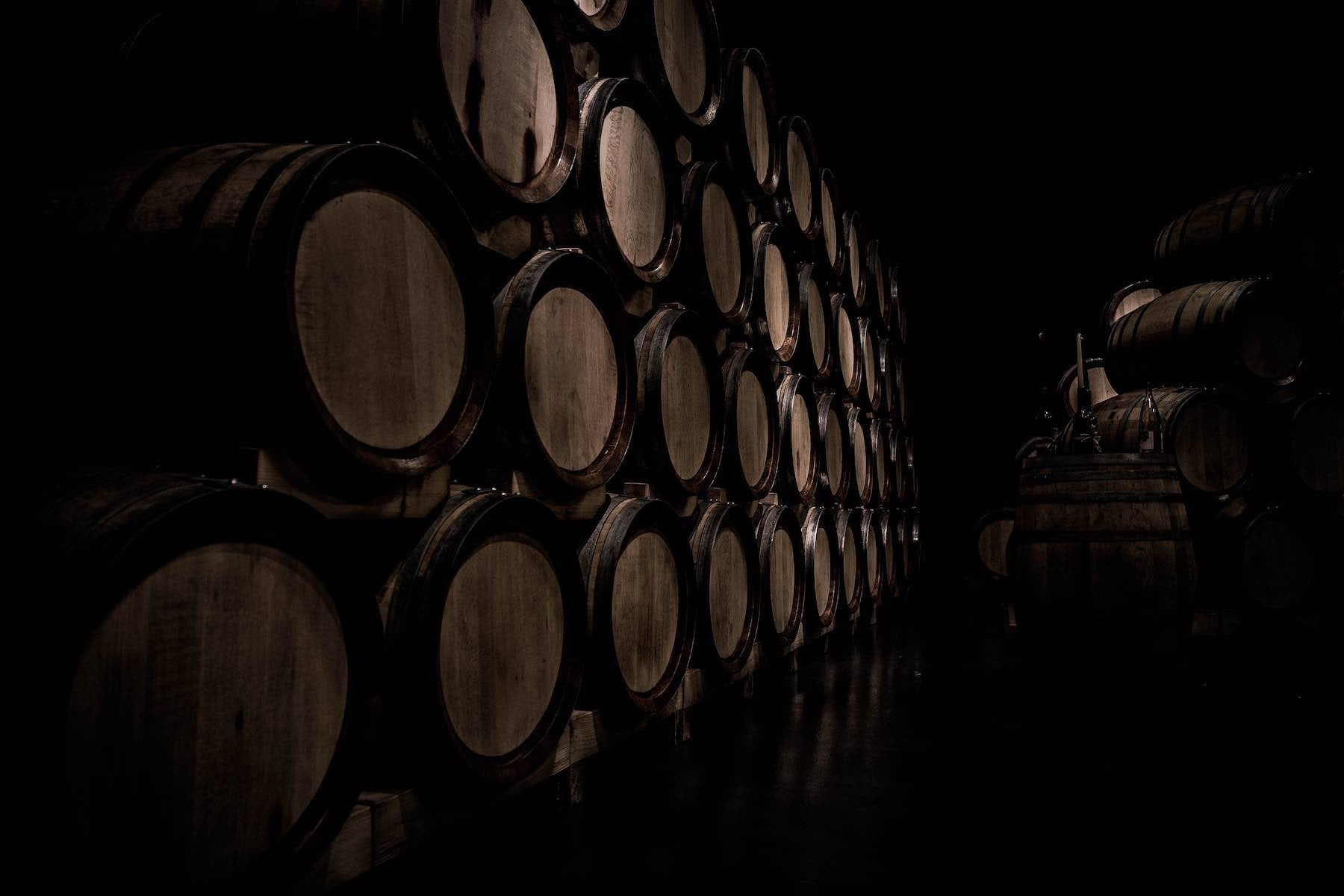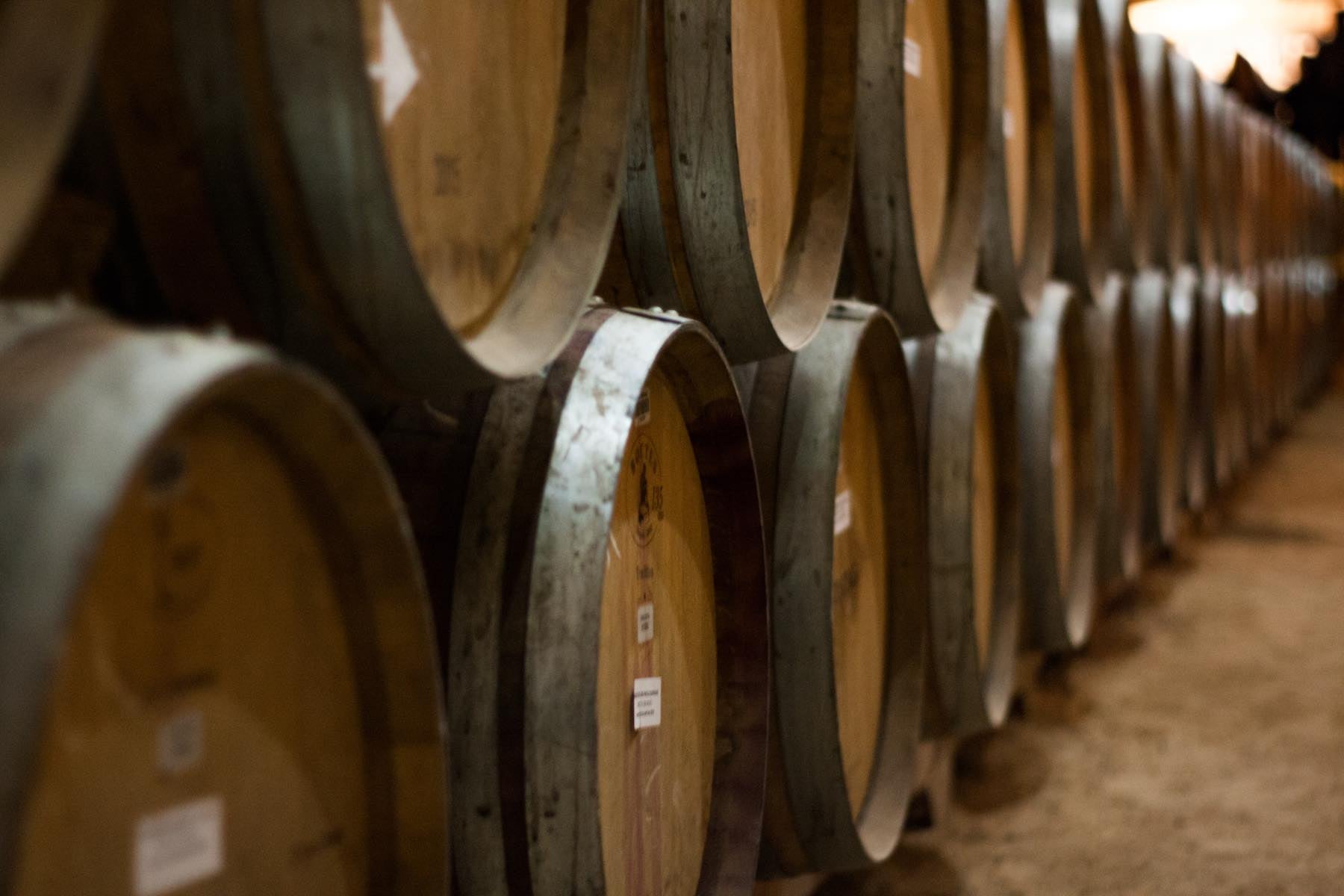
Whisky Cask Investment Guide: how cask price movements influence the value of whisky casks
The quality of a whisky is not solely determined by the distillation process, but also by the cask in which it is matured – the wooden barrel itself. That barrel is a key part of producing great quality whiskies. In this article, we're going to take a look at how price fluctuations of the underlying casks can impact the overall value of the 'full' whisky cask.
The Importance of the Cask
The wooden cask, typically made from oak, imparts flavours, colour, and character to the whisky during maturation. As the whisky interacts with the wood, it acquires unique characteristics, such as vanilla, caramel, or fruity notes. The type of wood, its origin, and the cask's previous contents (e.g., bourbon, sherry, or wine) also contribute to the whisky's final profile. To paraphrase what a chef may say, the better the quality of the cask, the better the quality of the final whisky.
Factors influencing cask prices
Several factors contribute to the fluctuating prices of casks. These include the availability and cost of the timber, global demand for barrels, and the complexity of the cooperage process (the art of cask-making). For instance, a surge in demand for American oak barrels or a shortage of European oak timber can drive up cask prices, affecting whisky production costs and, ultimately, the value of whisky casks.
Direct impact on production costs
As the cost of wooden casks rises, it directly influences the overall production costs for whisky distilleries. Increased expenses for raw materials, such as the casks themselves, can lead to higher prices for the final whisky products. This price increase can have a knock-on effect on the value of whisky casks as they become a more valuable asset.
Indirect impact on whisky quality and innovation
The rising cost of casks may also prompt distilleries to seek alternative solutions as they seek to maintain quality without increasing production costs. This can lead to the use of alternative wood types, innovative cask finishes, or modified maturation techniques. Such experimentation can result in unique whisky expressions, thereby influencing the perceived value of the casks.
Scarcity and investment value
Another factor to consider is the scarcity of certain cask types due to increased costs. For example, if the availability of sherry casks dwindles because of price movements, the rarity of whiskies matured in these casks may increase. This scarcity can, in turn, enhance the investment value of sherry cask whisky.
Find out more in our Whisky Cask Investment Guide
As prices for underlying casks increase, the overall value of whisky casks is impacted. Higher cask prices may result in increased production costs, leading to higher whisky prices and potentially affecting market dynamics. Rising cask prices may encourage distilleries to experiment with different woods and finishes, creating unique whiskies. And, as the price of casks as a 'raw material' increases, the value of casks currently in the market may increase.
If you'd like to learn more about how the price of the barrels themselves has risen over the years, you find our Whisky Cask Investment Guide interesting. Our Whisky Cask Investment Guide, available here, covers a range of topics about whisky casks in detail - including barrel price movements.



